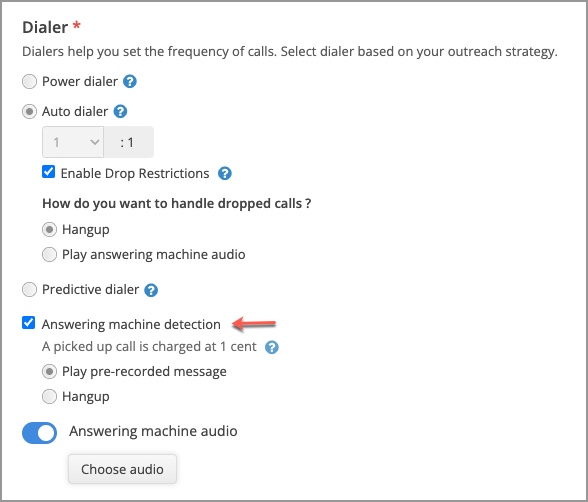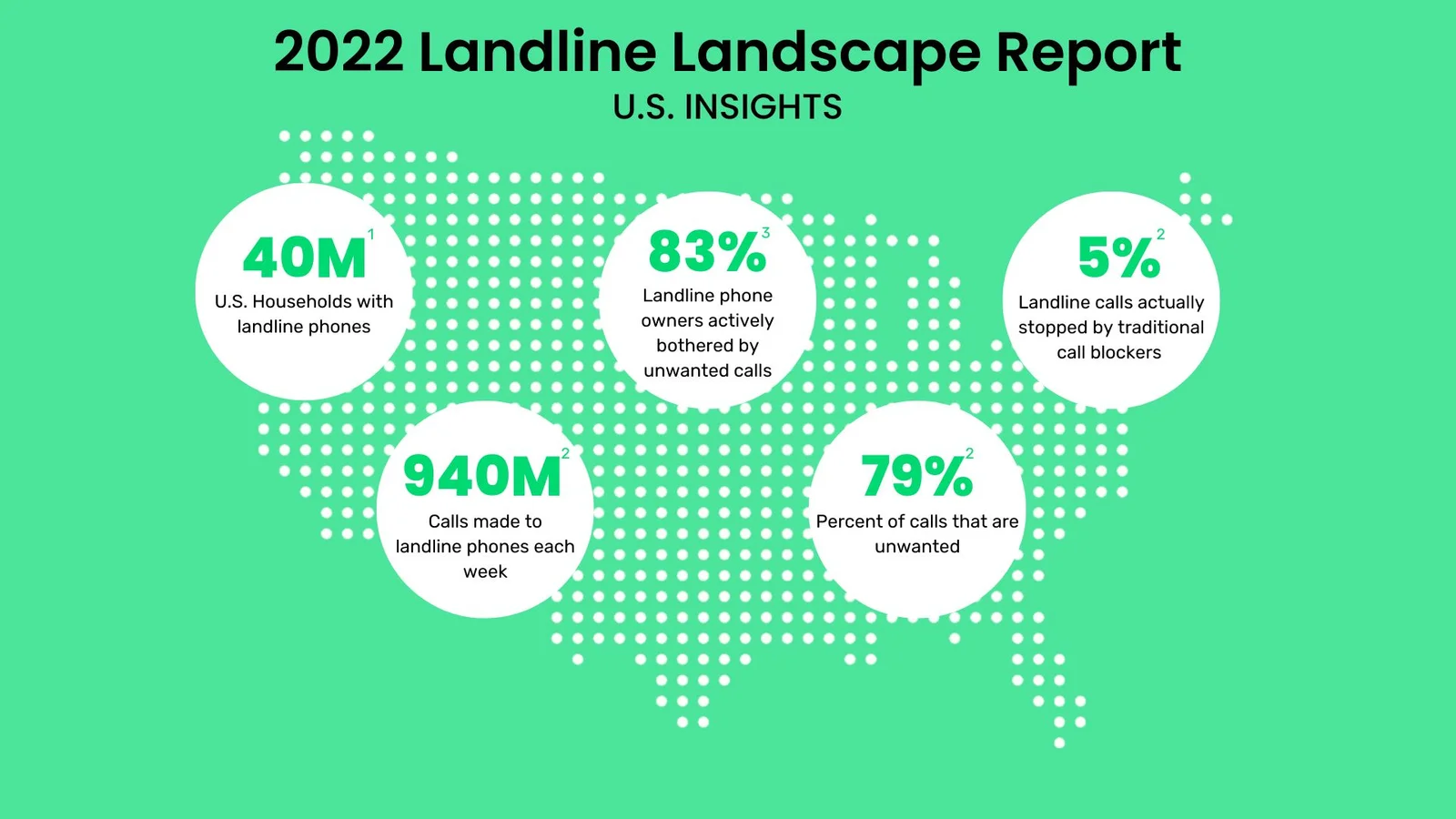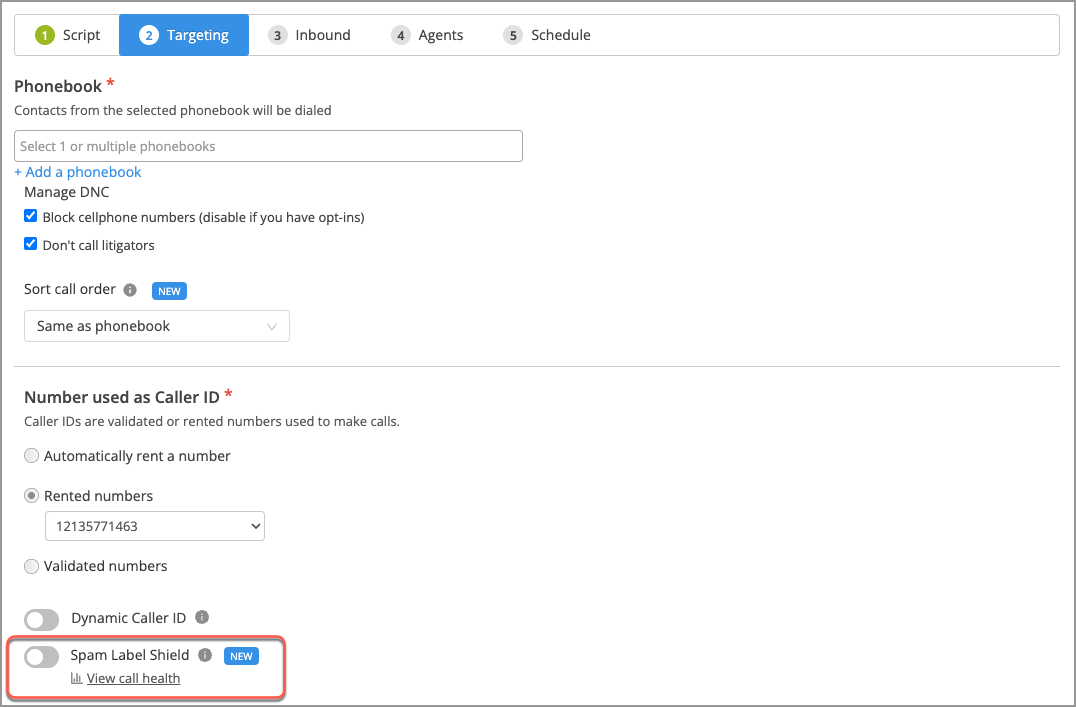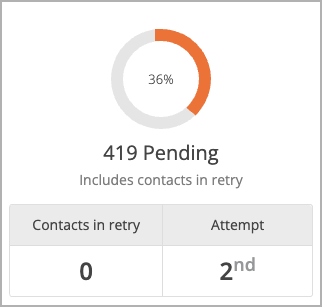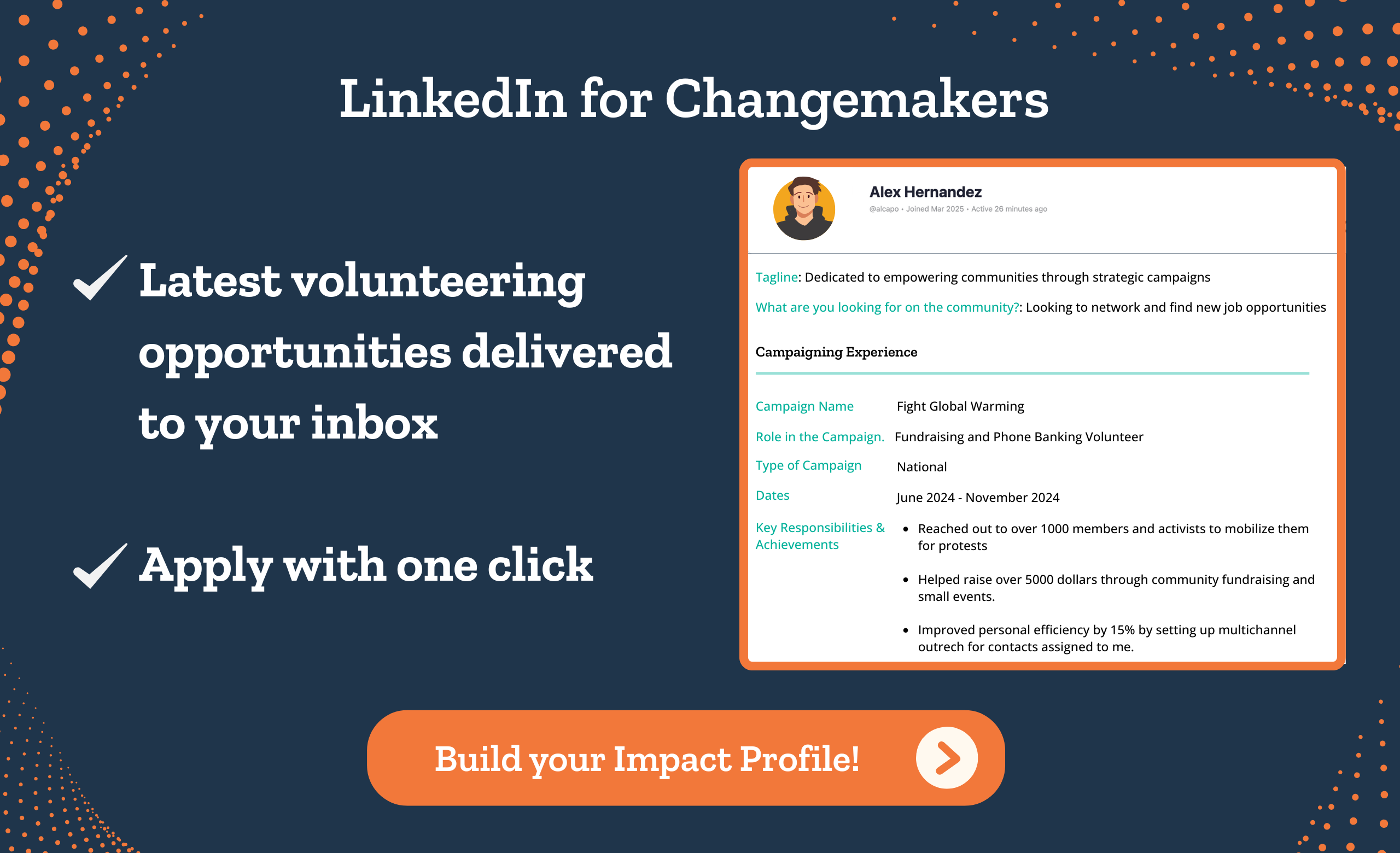Table of Contents
Landline usage has been steadily declining over the years due to the increasing popularity of mobile phones and internet-based communication methods.
This is beginning to pose a growing challenge for political campaigns and advocacies since phone banking has been the backbone of many voter mobilization and fundraising efforts. Now, the trend for the past 10 years has been to shift to calling mobile phones. Mobile phone calls are more regulated than those made to landlines – but that is where most of the audience is.

Mobile phones use technology to address this far faster than regulations. People do not regularly answer calls from unknown numbers, and spam blockers and in-built caller IDs mean people find it easier to avoid calls.
New solutions, like Relational Organizing, have looked to make call answer rates more robust. But ultimately, there is a feeling that mobile phone calls will not have the same hit rate or success as the glory days of landline calls.
But is this true? To answer this, we first take a look at the latest trends among landline users and then share solutions to help you reorient your strategy to mobile phones and Voice over Internet Protocol (VoIP) enabled ‘smart’ landlines.
Landline usage trends in 2023
Landline usage in rural Vs. urban areas
Landline usage in America includes various factors, from the presence of large telecommunication companies, the laying of lines, the age of the residents, and regulations in the state.
Due to these unique factors, there is little difference between those who only use mobile phones in rural and urban America. Close to 65% of rural and urban US households are mobile-only.
A rural American, in fact, has a slightly higher chance of being mobile-only – since the largest percentage of mobile-only users come from states like Idaho and Oklahoma. Whereas deeply populated and urban centers, like New York City and Maryland, continue to have the most landlines (whether they use it or not is another matter).
What does this mean for you as a campaigner? Basically, you don’t need to tailor your campaigns for landlines depending on geography. The chances of your voter using a landline are the same in urban or rural America. And those are significantly lower than those using a mobile phone in both cases.
But who will answer that call? That’s a whole other story.
Landline usage by age
Perhaps unsurprisingly, older residents are far more likely to have landlines. 53% of those above the age of 65 and 30% of those around 45-55 years of age also use landlines. Interestingly, only 20% of those aged 18-25 use landlines.
In terms of political trends, what this means is that if you primarily use phonebanking to mobilize voters and gather trends or donations, you are likely to find your efforts turning towards more conservative or older opinions.
This is fine in some cases – where your values align. But since 70% of those between the ages of 18 and 45 primarily use mobile phones, and most of them prefer texts over calls, you should start considering texting and multimedia solutions over purely phonebanking.
You can use Relational Organizing to maximize your success when you send texts or make calls.
How it works is quite simple.
You are more likely change your mind if you answer a call or respond to a text from someone you know.
As a campaign manager, you can leverage the friends and families your staff and volunteers personally are in touch with by matching people from your contact list with theirs (and also getting them to add people who are not in your list!)
Agents send messages or call these matched contacts from their number, increasing answer rates substantially!
Mobilize your supporters in real-time and drive action like never before (Relational Organizing is free on CallHub!)
Strategizing phonebanking for age-wise segmentations
For a broad sweep across demographics, you will have to segment your phone banking database into age categories. Ideally, this should be done on a contact list level on your CRM. So, you can sort out numbers by landline and mobile and then contacts by age before you import contact lists to your phonebanking tool.
For example, a calling list, segmented by age, may produce more results for on-ground initiatives like ‘Get Out and Vote’ – where you target higher ages – who are more likely to come and vote.
If your voter list does not include age (or data is incomplete), you have no choice but to conduct a phone or text survey to get this information.
Ensure your agents tag each phone call or message with the appropriate age tag (Over 65, 55-45, 18-30, etc.) once they get responses. These tags will be synced automatically to your CRM from CallHub. You can then use the CRM to create segmented lists based on their age and turn those lists into calling/texting lists for the second, more focused round of reachouts.
Landline ownership by house ownership
This segment is of the most importance to those looking for ‘politically active’ citizens using phone banking. Indeed, the importance of phone banking is directly tied to home ownership rates across America.
To quote a study by Yale Law –
“Homeowners dominate contemporary local politics. They participate at far higher rates, are electorally powerful, and comprise virtually all elected officials—even in cities with large majorities of renters.”
This is what made phone banking such a game-changer since the telephone began to be widely used. Most homeowners owned landlines, which you could call with few regulations.
Today only 34% have a landline. The rest use mobile phones – where regulations forbid you from robocalling or texting without prior consent.
However, even with these regulations, calling remains the most effective way to increase voter participation, as even this 2020 study finds.
So how must you change? CallHub has made this easy for you through our software solutions, so you can still call the target demographic without worrying about falling foul of regulations.
According to the legal definition of an autodialer, its defining feature is “the capacity to use a random or sequential number generator to either store or produce phone numbers to be called.”
By this definition, CallHub’s dialers are safe from scrutiny since we do not and cannot have the capacity to generate random or sequential phone numbers or use a RoSNG to store generated numbers. Our dialers use the sequence on the contact list CSV or your database or dial numbers chronologically (0-9) as you choose.
Use the Predictive Dialer for high-volume calling campaigns
Once you integrate your database of contact lists with CallHub, you can use our Predictive Dialer to make calls at the fastest rate possible.
It skips bad, unanswered, busy numbers and even answering machines. You need to enable this from the ‘Targeting’ section of your Call Center campaign. Select the ‘Automatically Detect answering machines’ checkbox to enable AMD on your campaign.
Though landline usage has dropped significantly among homeowners, CallHub ensures you can call your entire target demographic, in any case, to ensure your campaign reaches its goals.
Spam trends on landline phones in the USA
Approximately 40 million households in America still have a landline. And spam calls (which include all ‘unwanted’ calls) are more active than ever on landlines. Indeed, the number of landline calls actually went up by 7% in 2022.
To quote a report by Imp Insights –
“The 40 million households with landline phones receive, on average, 940 million calls per week. And of those 940 million calls, 79% are unwanted. That means more than 740 million of the weekly landline calls are considered to be spam.”
How does this break across the country?
Cities/States with the most unwanted landline calls
For campaigns looking to operate in some of the biggest cities in America, being labeled as spam can be your number one stumbling block – since most of these phones are not the old ‘copper wire’ landlines, but rather new VoIP landlines, which do have caller ID. And 43% of people reported that they install a spam blocker as soon as they receive such a call. So, high chances that your number is going out with a red flag if you cold-called someone who was not interested in your campaign- especially in states that receive high spam calls as it is.
In terms of getting your message out, you don’t have to change your strategy very much since CallHub’s solutions will ensure this is as smooth as possible. And no, you don’t have to spend tens of thousands of dollars for a branded caller ID.
CallHub’s ‘Spam Label Shield’ is a real-time call monitoring system that keeps track of ‘call health.’ It protects phone calls against unwanted call labeling and replaces flagged numbers with fresh caller IDs to ensure a high contact rate.
The Spam Label Shield checks against databases of telephone carriers, FTC, and third-party call-blocking applications to identify flagged numbers quickly. Once identified, we replace flagged numbers with clean numbers without any interruption to calls.
Note: You will be charged for every new number rented to your account.
Spam Shield can be enabled from the ‘Targeting’ tab under ‘Advanced Settings’ while setting up a Call Center campaign. You need to click on the slider to enable it.
All flagged numbers and reasons for the flag are available for inspection within CallHub.
People answer calls only if they identify the caller
86% of those polled by TrueCaller said they prefer only to answer calls if they can identify the person or business calling.
Why? The fear of scams and the annoyance of answering a call that they felt was not relevant to them – especially for those only using mobile phones.
This makes Caller ID, local numbers, and having a registered number that identifies you (not marked as spam) all the more important when reaching out.
The Federal Communications Commission (FCC) has developed the STIR/SHAKEN framework and made it mandatory since 2014 – to help people only get calls from numbers registered and identified. The rest will be labeled as ‘spam.’
Here’s what that means –
- STIR: Secure Telephony Identity Revisited
- SHAKEN: Signature-based Handling of Asserted information using toKENs
STIR creates a digital certificate for a caller’s identity. The certificate verifies that the number displayed on the caller ID is linked to the entity making the call. Basically, it confirms you are who your number claims to be. SHAKEN is the technical system that implements this – by checking the certificate and attaching that to the call when it arrives on your mobile phone.
CallHub will help you register your number such that it is STIR/SHAKEN compliant from the get-go, ensuring you have healthy answer rates.
Does STIR/SHAKEN apply to landlines?
STIR/SHAKEN protocols don’t apply to the old copper wire landlines, and so phone banking landlines used to have that advantage.
However, most landlines today (over 50%) are actually Voice over Internet Protocol (VoIP) enabled phones, which are sending the calls over the internet. These ‘smart’ landlines do have STIR/SHAKEN applied to them.
As mentioned, CallHub will help register your numbers as STIR/SHAKEN compliant, so your calls will be answered even when you call VoIP landlines.
Additionally, you can sign up for CallHub’s Spam Label Shield for a cost, which ensures that even if one of your numbers is marked as ‘spam’, the number is quickly replaced by a fresh, unmarked number.
As a CallHub customer, your calls are SHAKEN/STIR compliant at no extra cost.
Landline trends based on the latest regulations
While it is true that landlines are nearly out, they still have a good amount of value. Copper wire lines do not get cut in weather emergencies, for example. And in many mountainous regions, cell phone reception continues to be a challenge. So a fixed line works well there. And plus, there remain a good number of people who feel that it is simply more comfortable to speak on a landline. Which it technically is – as landlines have the highest voice-quality transmission.
FCC order replaces POTS with new-age landline
However, new regulations are also helping push the landline out. The new FCC regulation 19-72 withdraws the earlier requirement that telecom companies must provide fixed-line services to all Americans. To quote the report, “We find the public interest is no longer served by maintaining these legacy regulatory obligations,”
What this means is that all telecom companies will now push the more profitable and easier to maintain broadband fiber optic service over copper lines. These fiber optics allow both broadband and calls to go through a single line and are not easily cut.
As mentioned above, this makes a significant difference to those using phone banking since VoIP phones will be STIR/SHAKEN compliant, have caller ID, and generally act just like a mobile phone. But CallHub will help make sure your call goes through, thanks to our compliant dialers and spam label shield.
However, do keep in mind that ‘like a mobile’ is not the same as a mobile phone.
As confirmed in 2019, the Court of Appeals for the First Circuit concluded that a number using VoIP must be considered “assigned to a… cellular telephone service” as required by the Telephone Consumer Protection Act (TCPA).
TCPA is a set of federal telecommunications laws regulating business phone calls, especially the use of Automatic Telephone Dialing Systems (ATDS) and robocalls. The TCPA restricts automatic calls, faxes, and texts. And it forbids robocalling – using auto-dialers – to deliver more than 3 pre-recorded messages a month without prior written consent.
So the technology changes, but you will still have to be as compliant as you always were, using CallHub’s dialers and text messaging services.
FCC affirms three-call limit for robocalls to residential lines
What you do need to consider is a new 2020 FCC rule that allows only three robocalls to a home landline. And who can make these calls?
- Calls that are non-commercial
- Calls from a business but don’t include any advertising
- Nonprofits
- Medical calls from hospitals, doctors
Political campaigns are not commercial, so you can now make three robocalls to each household landline number. But keep in mind:
- You can only make three calls to the same number in a thirty-day period.
- You have to give them the means to opt-out at any given time in an easy manner.
- You have to maintain a do-not-call list and ensure homeowners don’t get any more calls.
So you can record a message and send it thrice in 30 days, as long as they don’t opt out.
CallHub will allow you to deliver to thousands at a time with just a click – once you create a contact list with just residential landline numbers. You can upload that list to CallHub, upload a recorded message, select a schedule for your campaign, and you are good to go.
Here’s how you can set up such automated robocalls on CallHub
However, once you do get permission, you can robocall potential voters regularly. CallHub ensures your calls go through via our dialer using retry calculations and separate protocols for answering machines.
When you set up a calling campaign, you can choose the number of retry attempts to be made to each number in case they do not answer in the first go.
The system will first call all the numbers in the contact list and then go back and try all the numbers that did not answer in the first go. Once it dials through all these numbers, it will go back and try the numbers that didn’t answer a second and third time – depending on the number of retry attempts you mandated when you created the campaign.
You can also choose what happens in case a machine answers the call. CallHub’s ‘Answering Machine Detection’ comes in place after the call is connected/answered.
AMD system considers certain principles to determine if the call is connected to a human or an answering machine, typically taking 1-2 seconds. Based on the detection, you can achieve the following two scenarios in CallHub:
- If the machine picks the call, the system can be configured to drop a pre-recorded audio file.
- You can also choose to hang up the call if an answering machine is detected.
In the end, phone banking is just another way to speak to the voter. Once, door-to-door canvassing was the only way. Or making a speech in a barn or hotel. With every generation, new ideas kept coming – billfolds, banners, buttons, telegraphs, newspapers, radio broadcasts, television advertisements, and phone calls. The calls were once on copper wire. Today they are through fiber optic. But even as regulations and methods change, new solutions allow campaigns to keep up.
Because the idea remains the same – can you tell someone your stance and get them to back you? If you have the message, CallHub will deliver the means to get that message across.

